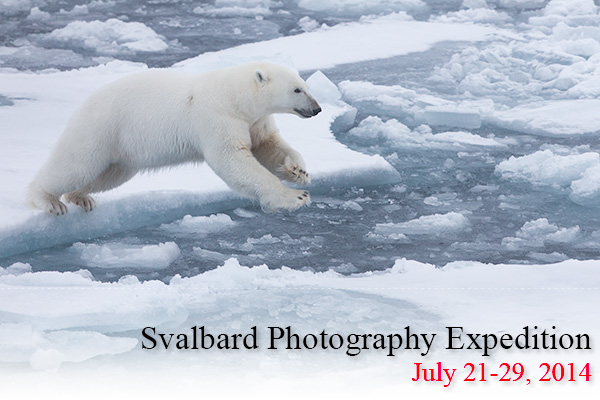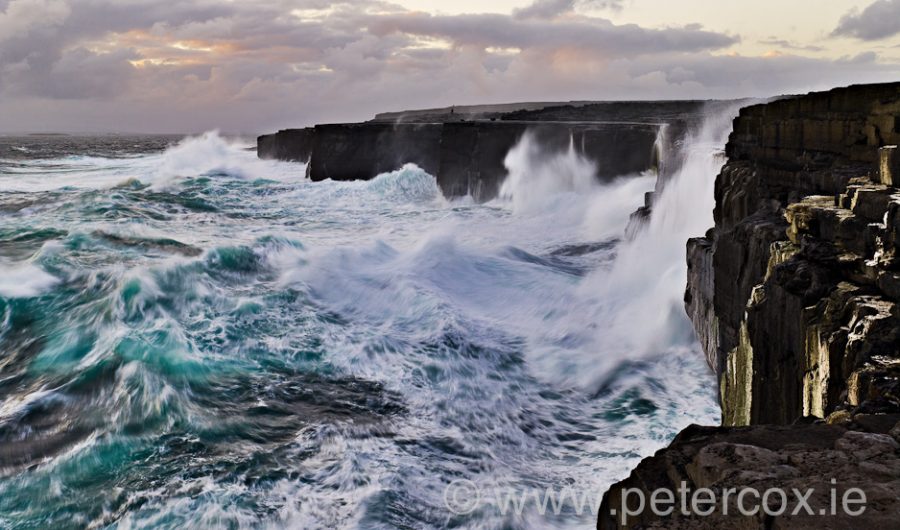

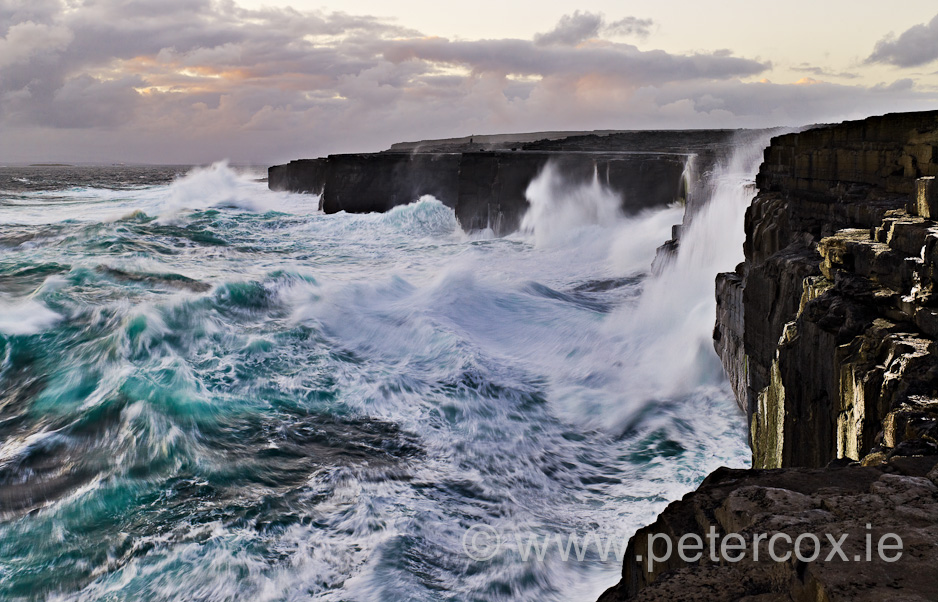
Poll an tSéideáin, Inis Meáin, Aran Islands, Ireland 2010
Your camera is the least important element in the success or failure of your photography.
That flies in the face of the emphasis we all place on equipment. However, it’s very true. Of course, the camera is a vital tool. When it comes to making prints of your images, a good quality camera and lens can add significantly to the quality of your image. But it is YOU, the photographer, who is the most vital part of the process. You determine the composition of the photograph. Without good composition, the image will fail. As Ansel Adams said, “There’s no worse thing than a sharp picture of a fuzzy concept”.
What is composition? At its most basic, it’s where you point the camera and when. In this essay, I’ll try to distill what I know about composition into a useful form.
To understand how important composition is, you need to think about what happens when you see a really good (or bad) photograph. You react positively or negatively towards it even before you recognize what it’s an image of. This is referred to as “impact”, and it’s a hindbrain reaction that you feel at a visceral level.
I like to compare composition to the headline of a newspaper article or the first paragraph of a book. You probably remember from school that you were told to make sure the first sentence in your essay grabs the reader’s attention. If you don’t hook them right away, then they won’t continue reading. The composition of your photograph is just like that; if it fails, it doesn’t matter how good you think the photograph is, the viewer will move on to the next page.
Another thing to note is that while there can be great variety in people’s reactions to some photographs, the really excellent ones get almost universal praise. Photography, like all art forms, is highly subjective. But there are some basic, objective rules of composition that you can apply to help your photographs connect with your audience.
How Do I Make a Good Composition?
Luckily, it’s fairly straightforward and can be taught. Some people have an innate ability to see and compose great images; others don’t. However, I’ve taught both types of people and have yet to come across someone who couldn’t, with practice and application, produce great images.
The first thing you need to do is identify the subject of the photograph. This may seem very basic, but it can be harder than you think. As I’m a landscape photographer, let’s look at it from that perspective. Very often when I first ask a student to tell me what the subject is, I’ll get a response like, “the sky”, or, “the mountains”. This is generally too vague as these are elements that sprawl all over the scene. The subject needs to be something discrete and fairly small within the frame, for example particular mountain peak, a pattern in the clouds, a certain rock in the foreground, etc.
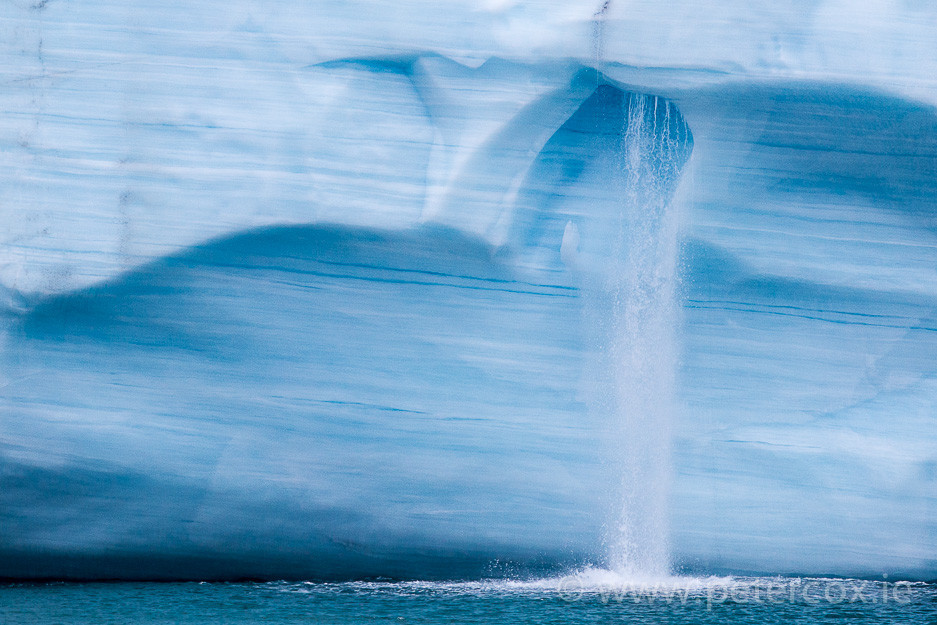
Icewall Abstract, Svalbard 2013
In the above image, where the water emerges from the ice is the primary subject – that’s where the viewer’s eye goes first.
How do you identify it? Try to look at the scene through the viewfinder objectively, and try to picture it as a print on the wall. We perceive a 2D print much differently to how we perceive a 3D scene we’re standing in the midst of. If you can train yourself to see the scene as a print, you’re then able to dissect it and figure out what draws your attention. Where does your eye want to go first? What path does it take through the frame?
Having identified the subject, then the rest is very simple. We can use the basic rules and tools of composition to “hang” the rest of the image around the subject in a pleasing way.
The Compositional Toolbox
We have several ‘rules’ of composition we can call upon. I prefer to think of them as guidelines, as in many cases you will “break” the rules. However, usually it’s not so much breaking one rule as using a different one that fits the photograph better.
Keep it Simple, Stupid
The KISS principle is of primary importance in photographic composition. Complicated scenes where you’re trying to “just get everything in” will almost always fail unless you can bind the pieces together in a coherent way. The more elements there are, the harder it is to do this. Distill the scene into its most basic parts and work from there.

Winter, Lough Leane, Killarney, Ireland 2013
Simplicity is key to this image.
Rule of Thirds
This is the most fundamental of the rules of composition, and the one that you will find yourself applying the most. To use it, you construct an imaginary grid of nine squares in your viewfinder. You have two horizontal lines a third from the top and a third from the bottom of the frame, and two vertical lines that are a third in from either side.

Cromwell Point Lighthouse, Valentia Island, Co. Kerry, Ireland 2013
A Rule of Thirds grid is overlaid on this image. Note that it’s not always necessary to position things precisely on hot spots or third lines.
Conventionally, you place dominant horizontal lines (such as your horizon) on horizontal thirds and dominant verticals (if any exist) on vertical thirds. However, I find myself ignoring that aspect a lot of the time. The really important areas are where the third lines intersect; at the corners of the central box. These are referred to by many names; I call them points of interest, or hot spots. These are where we place our subject. You can now see why this needs to occupy a relatively small part of the photograph.
Which hotspot do you use? It depends on the rest of the scene. Is the sky more interesting than the foregorund? Then place the subject on one of the bottom hotspots. Is the left side of the scene more interesting? Then put the subject on one of the right-hand hot spots.
Breathing Space
Wherever you place the subject, it’s vitally important to leave some breathing room around it. Don’t have it too close to the edge of the frame. Otherwise, as the viewer’s eye roams over it, they encounter the edge and are then frustrated by it. They want to see more and become aware of the limitations of the frame. A good composition will keep the viewer’s eye within the frame as much as possible.
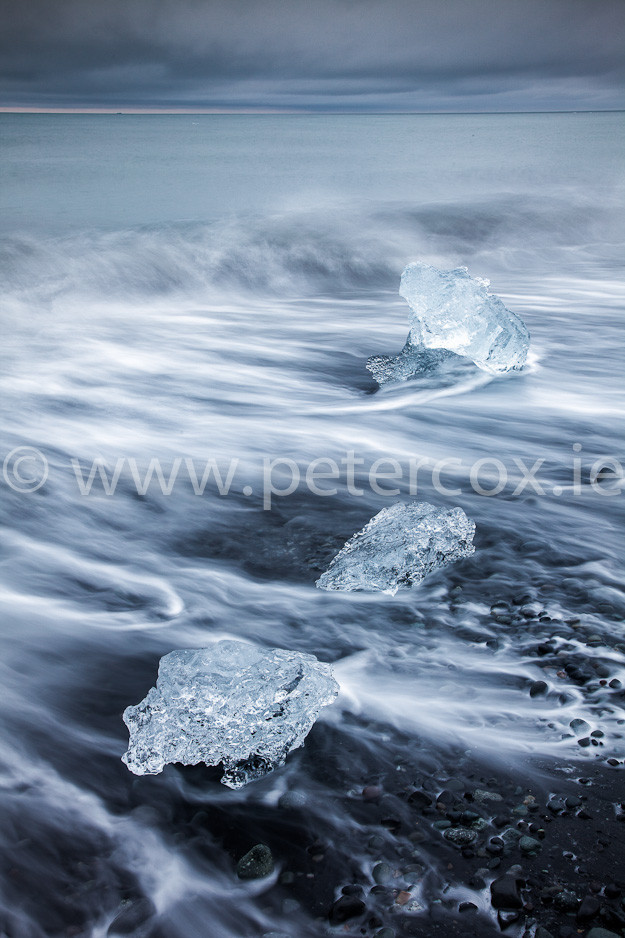
Breiðamerkursandur, Iceland 2012
Note the generous breathing room around the ice chunks in this image.
Needless to say, cutting off a part of your subject should be avoided if at all possible. If it must be done, try to find a logical place to make the crop – a pass between peaks in the case of a mountain range, for example.
Lines of Motion
Lines of motion are like rails for the viewer’s eye. They allow the photographer to direct exactly how the viewer will experience the image and are a very powerful tool in composition. They are either express (in the case of roads, streams orfencelines etc.) or implied. Implied lines tend to be those that link different subjects in the frame; more on those later when we talk about foregrounds.
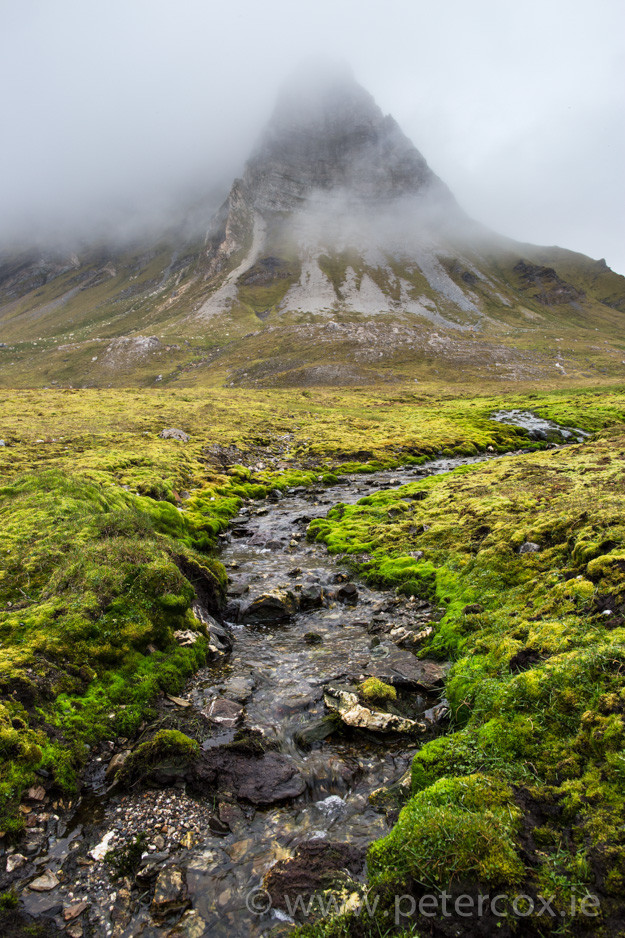
Alkhornet, Spitsbergen, Svalbard 2013
The stream creates a line of motion up to the mountain in the mist.
We like lines of motion to be diagonal, or even better, curved. Straight lines up through the middle of the frame don’t tend to work well, and horizontal lines across the frame act as roadblocks for the eye, dividing the image into two components. Curving coastlines, bends in rivers, ripples in sand, patterns in rock: all these things make excellent lines of motion, but this is only a small sampling. Anything at all that creates a path for the eye through the frame can be used.
Multiple Subjects and the Importance of a Foreground
Often, especially in landscape photography, we have more than one subject. In general there’s a primary and a secondary. For me, the primary subject is generally a part of the background vista and is the thing that makes me want to make the image in the first place. A particular mountain peak, a headland, or a lighthouse are some examples. The secondary subject is usually part of the foreground and is typically an interesting rock, a collection of flowers or some other visually interesting element.
In landscape photography, having an interesting foreground is very important. Not vital, as there are many great landscape images that can be made with a long lens or with nothing in the foreground. But for an image that conveys a sense of place and depth, a good foreground is essential. A common mistake many beginners make is to just include any old thing; a bit of grass, or a confused jumble of rocks don’t a good foreground make. There’s an adage: “If something isn’t actively improving the composition, it’s actively disimproving it.” There’s no real middle ground here. If it’s not helping, it’s hurting.
In fact, finding a good foreground is the thing that takes the most time in building a composition. I’ll arrive at a location and can spend quite a bit of time wandering around in a fairly small area, maybe 20 feet on a side, looking for a foreground that will work well with the background. I’m looking for elements that are visually interesting, that are well separated from their surroundings, and that complement the background well.
The KISS principle needs to be applied rigorously here. Cluttered foregrounds will confuse the eye and dilute the image’s impact.
Bear in mind that the critical factor in making the foreground work with the background is camera position. Six inches left or right, up or down, changes the relationship of the foreground to the background and can make or break the image.
When positioning your foreground, typically you want there to be a diagonal relationship between it and the background. In general you want to avoid placing one directly below the other (there are of course times when this will work very well, which I’ll address later). Placing them on opposite sides of the frame will create an implied line of motion driving the viewer’s eye from one to the other, resulting in a more pleasing composition.
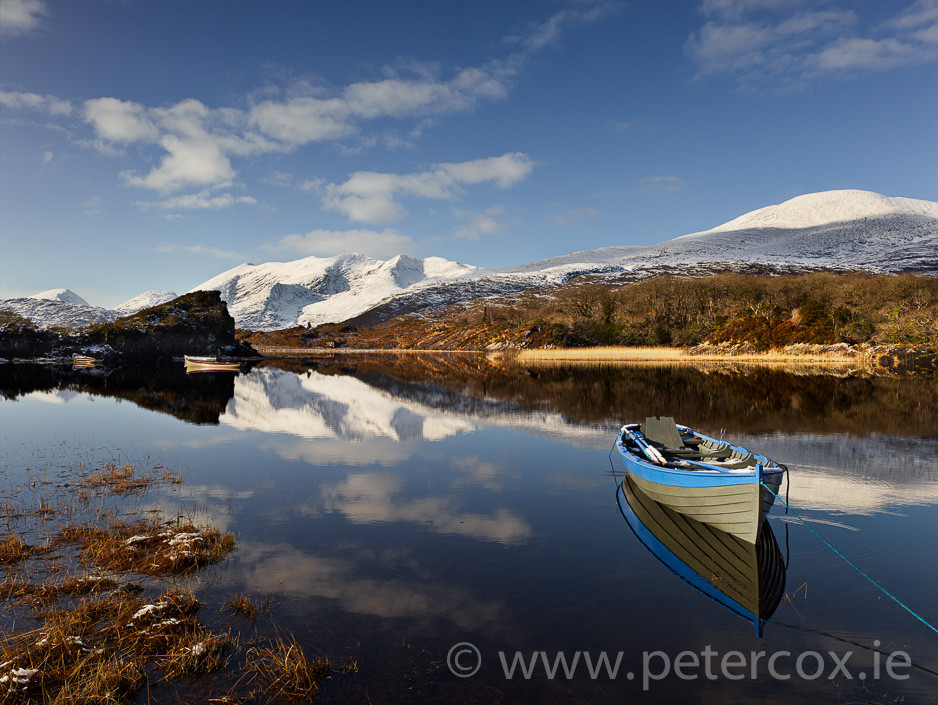
Upper Lake, Killarney, Co. Kerry, Ireland 2013
The primary subject is the snow-covered mountain range top left. The boat is the secondary, foreground subject. Note the implied diagonal line of motion between the two.
Symmetry
Where you have symmetry in your image, it’s possible to place the axis of symmetry in the center of the frame. If you’re photographing a building and you’re shooting directly towards it, face-on, then (assuming there’s some symmetry to the building, as there normally is), you can place the building in the center of the horizontal axis. You will probably still want to put the base of the building one one of the horizontal third lines, but it can be centered left to right.
Equally, if you’re photographing a lake in a perfectly calm morning where there’s a mirror-perfect reflection, placing the far shore line (the axis of symmetry) in the middle of the frame will often produce a pleasing image.
When including a foreground subject, if both the background and the foreground subjects have symmetry, then placing the one directly above the other can often work. Please bear in mind, they don’t need to be perfectly symmetrical, just broadly so.
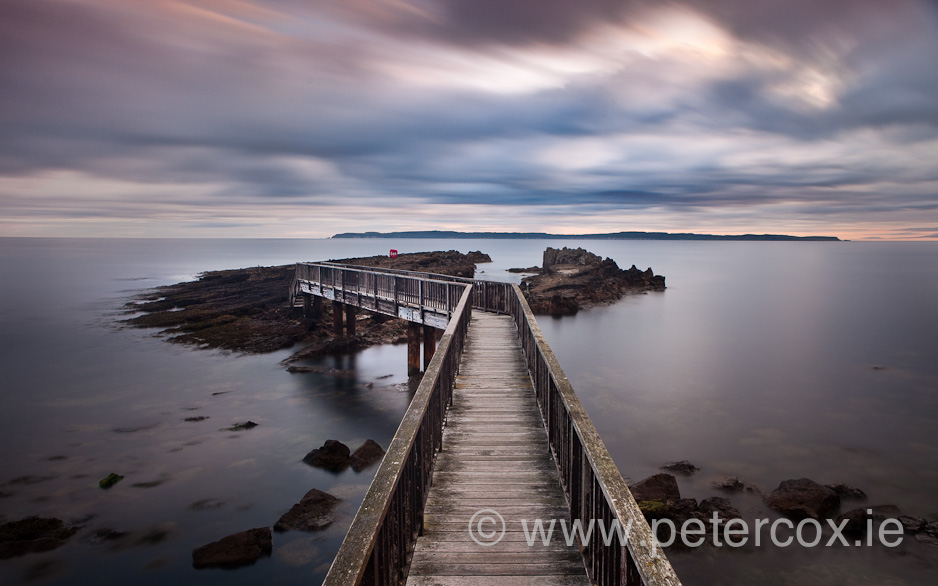
Pan’s Rock, Co. Antrim, Northern Ireland 2009
The rock at the end of the walkway and the island on the horizon are balanced and present as a single, symmetrical background.
Note the walkway actually consists of two angled lines of motion converging to the middle of the frame.
Wide-angle vs. Telephoto Lenses
Your choice of lens is important as well. In general, when you want to create a feeling of space or depth, a wide angle lens is what you want. This allows you to get low and close to your foreground object. That will create a dramatic perspective, which in turn gives that feeling of depth and three-dimensionality to the image.
On other occasions a telephoto is what’s called for, either to balance the sizes of objects in the frame or to compress the perspective. For more on perspective, check out my previous article on the subject.
The Decisive Moment
Normally thought of in relation to people or wildlife photography, the decisive moment can happen in landscape photography as well. Generally, change in the scene is fairly gradual, but sometimes things happen very quickly. Being comfortable with the rules of composition means you can react and frame fleeting moments quickly.
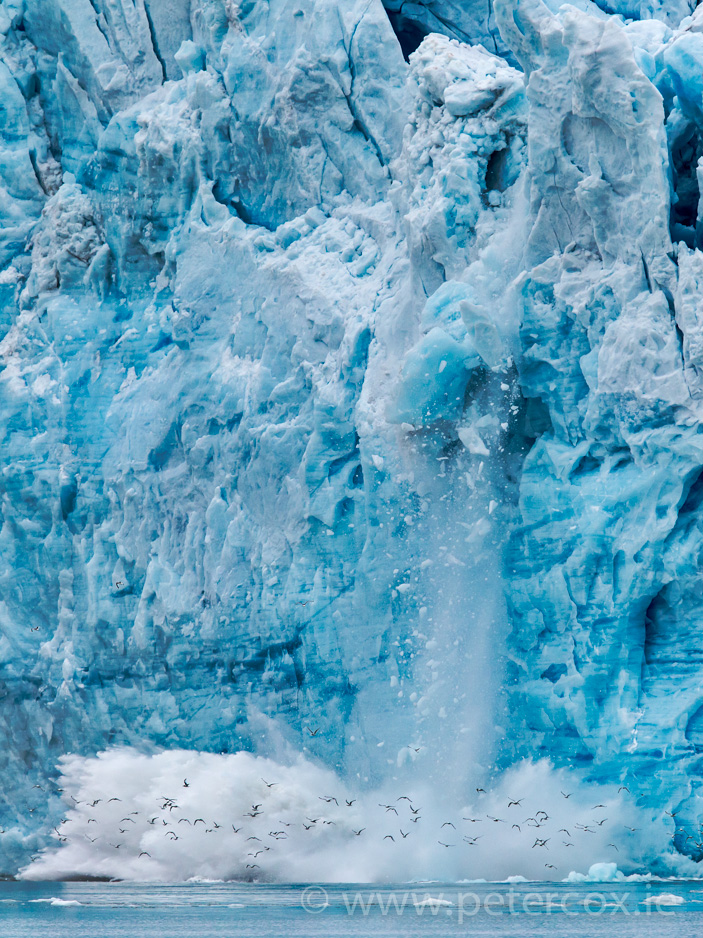
Glacier Calving, Spitsbergen, Svalbard 2013
Reacting quickly allowed me to capture this image. The calving event was over in seconds.
In Summary
Composition is the most important element of the image. Keep it simple, apply the guidelines, and get out there and practice! Photography is like any other skill; with practice, improvement will come. Give attention to the little details, and your photographs with shine as a result.
October, 2013
Peter Cox is a professional landscape photographer and educator living in the beautiful south-west of Ireland. He runs regular photography tours in Ireland and abroad, including an upcoming photography expedition to the Svalbard Islands in the Arctic. His prints can be purchased online, or in person at his photography gallery in Killarney, Co. Kerry, Ireland. You can also follow him on Facebook.
Join Peter in the High Arctic in July 2014!
Updated: 2/29/15

Lorem ipsum dolor sit amet, consectetur adipiscing elit, sed do eiusmod tempor incididunt ut labore et dolore magna aliqua. Ut enim ad minim veniam, quis nostrud exercitation ullamco laboris nisi ut aliquip ex ea commodo consequat. Duis aute irure dolor in reprehenderit in voluptate velit esse cillum dolore eu fugiat nulla pariatur. Excepteur sint occaecat cupidatat non proident, sunt in culpa qui officia deserunt mollit anim id est laborum.
Lorem ipsum dolor sit amet, consectetur adipiscing elit, sed do eiusmod tempor incididunt ut labore et dolore magna aliqua. Ut enim ad minim veniam, quis nostrud exercitation ullamco laboris nisi ut aliquip ex ea commodo consequat. Duis aute irure dolor in reprehenderit in voluptate velit esse cillum dolore eu fugiat nulla pariatur. Excepteur sint occaecat cupidatat non proident, sunt in culpa qui officia deserunt mollit anim id est laborum.
Lorem ipsum dolor sit amet, consectetur adipiscing elit, sed do eiusmod tempor incididunt ut labore et dolore magna aliqua. Ut enim ad minim veniam, quis nostrud exercitation ullamco laboris nisi ut aliquip ex ea commodo consequat. Duis aute irure dolor in reprehenderit in voluptate velit esse cillum dolore eu fugiat nulla pariatur. Excepteur sint occaecat cupidatat non proident, sunt in culpa qui officia deserunt mollit anim id est laborum.
You May Also Enjoy...
Hooray for Hewlett-Packard!
Hooray for Hewlett-Packard! HP 7960 / 7660 First LookBack on July 27th, 2003, I wrote a colum called "Where the HECK is Digital B&W?!?" bemoaning,
